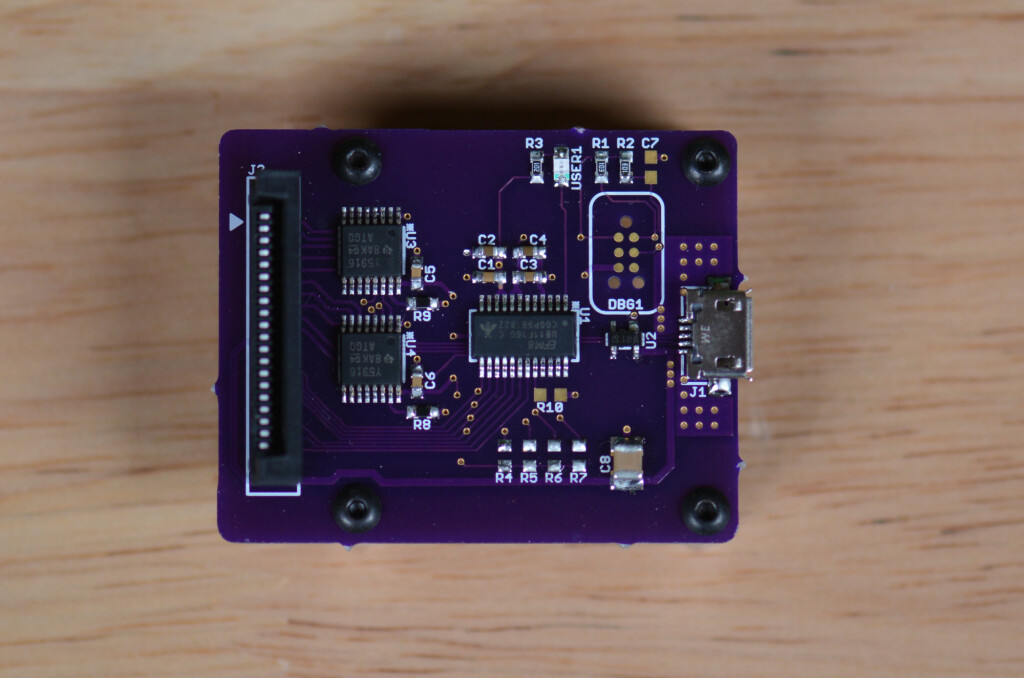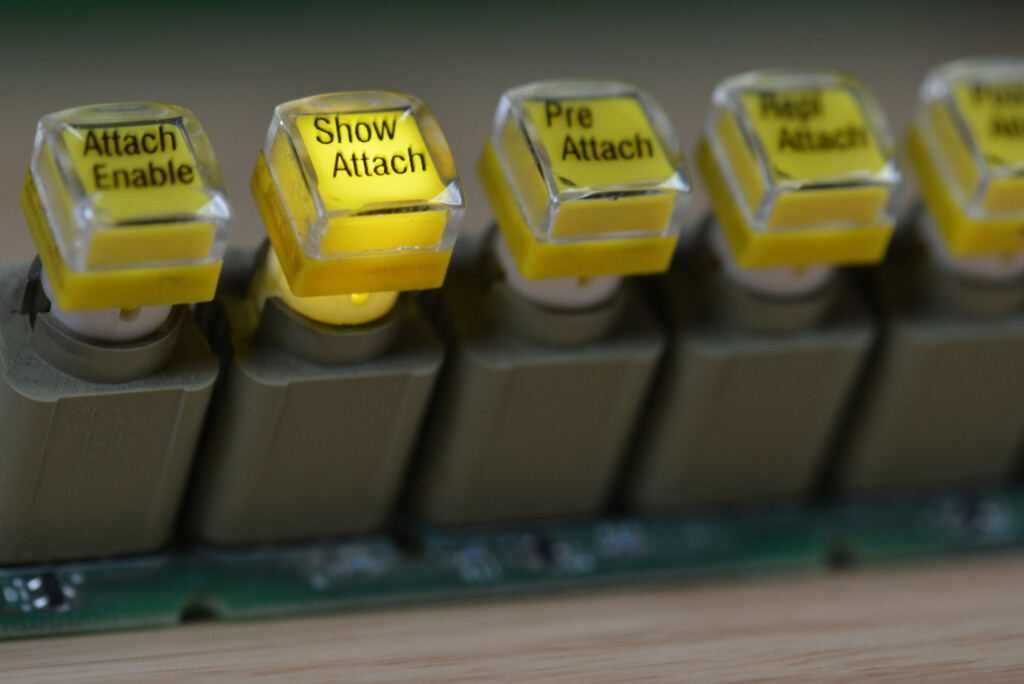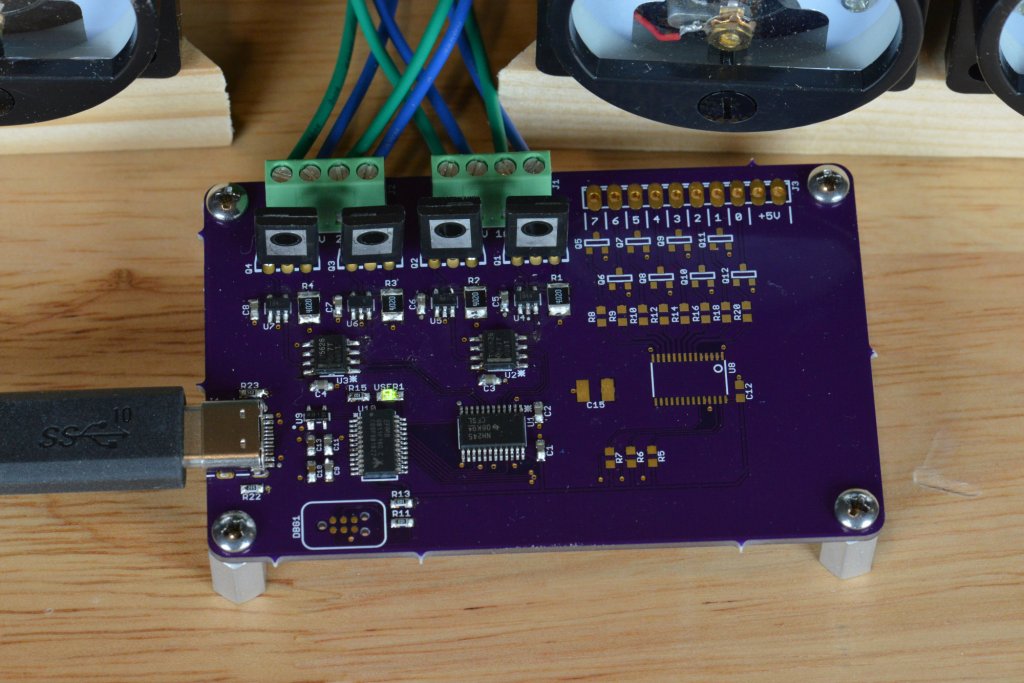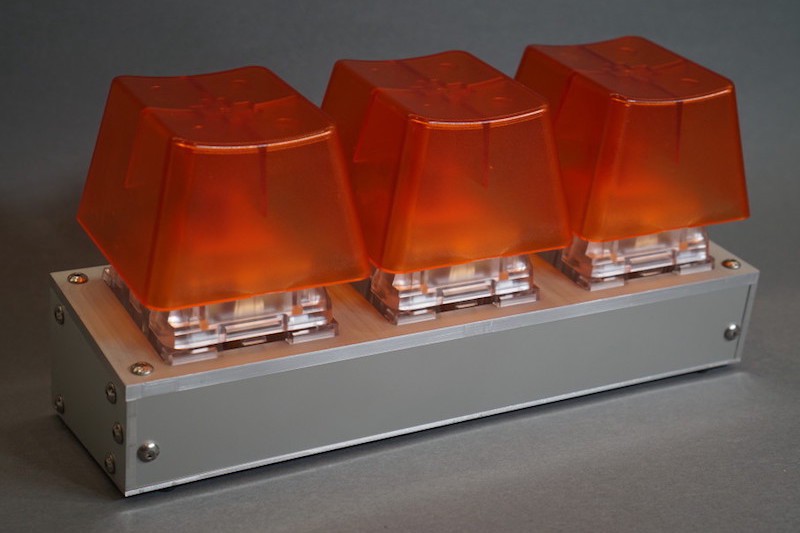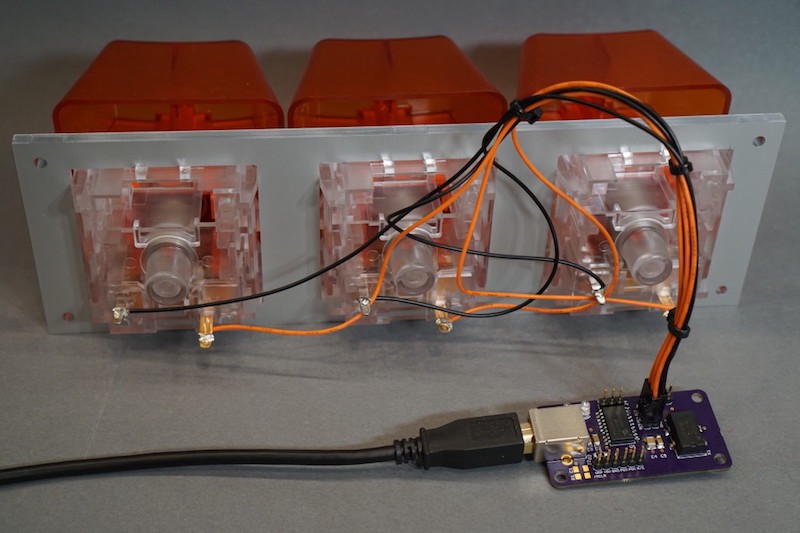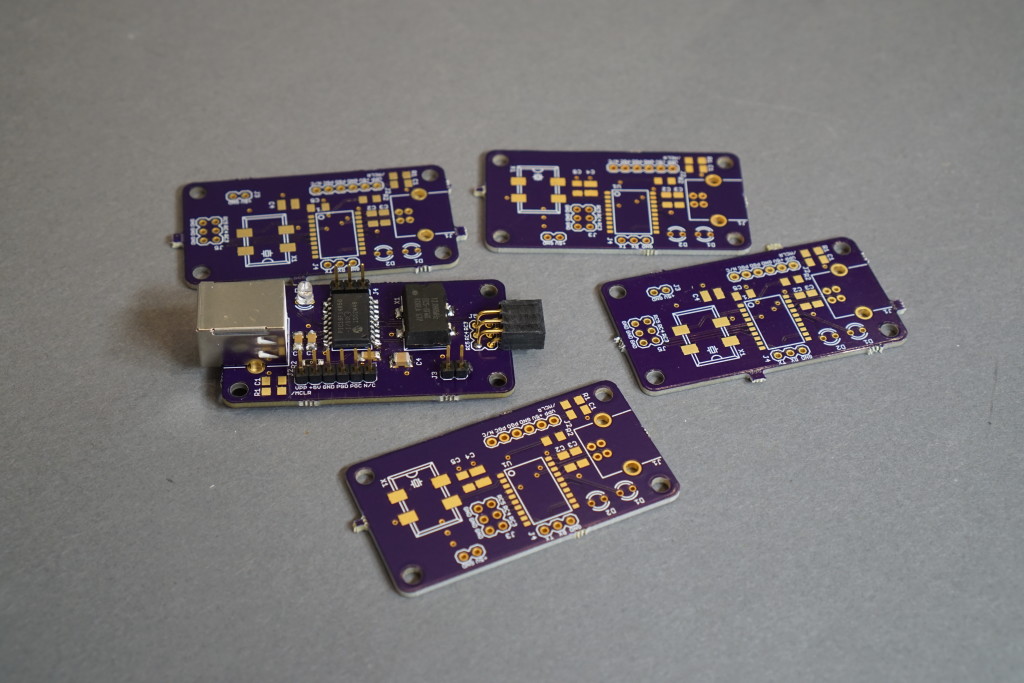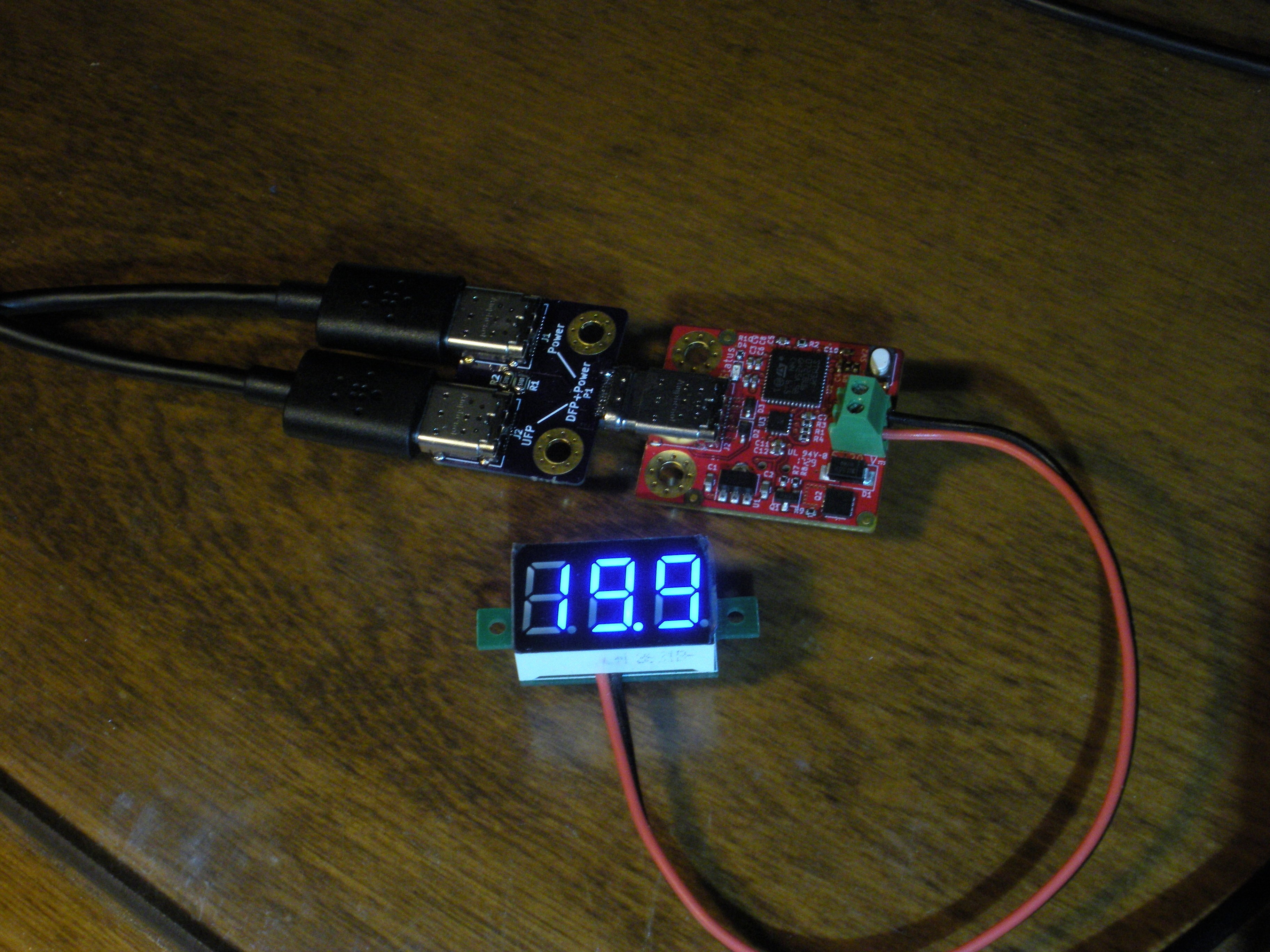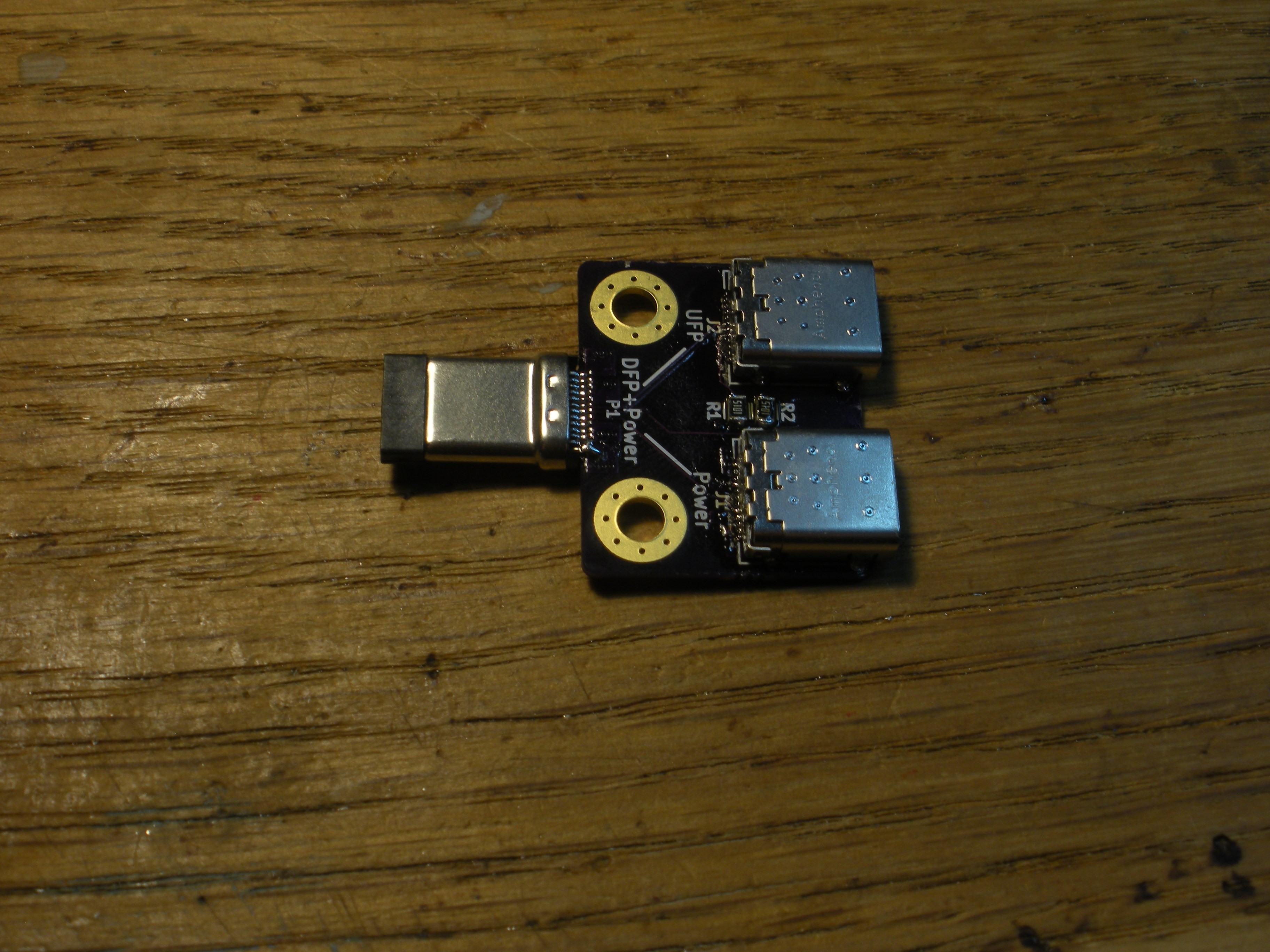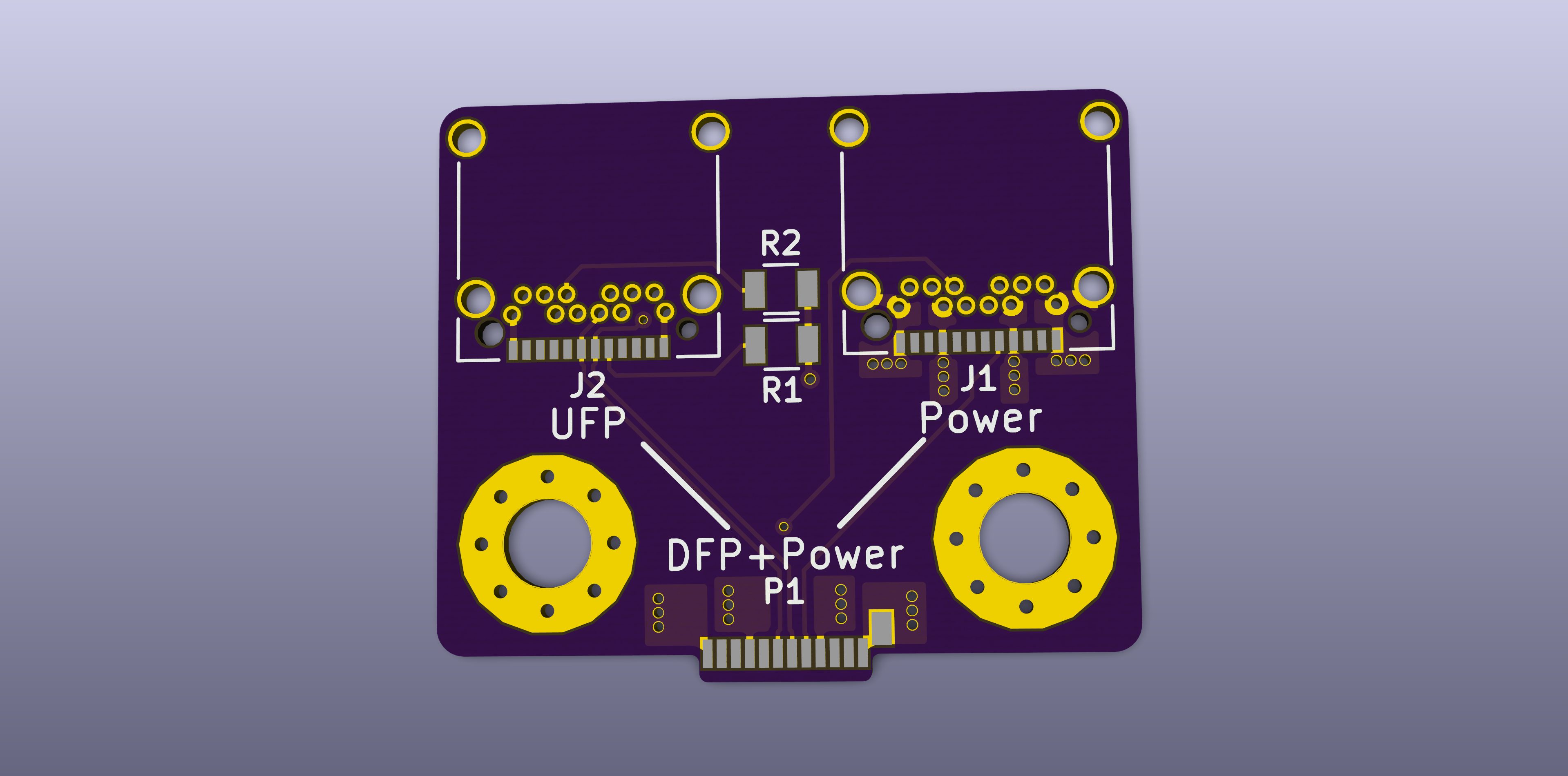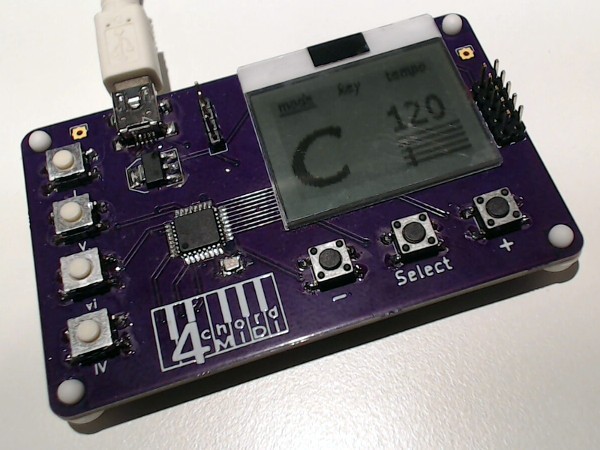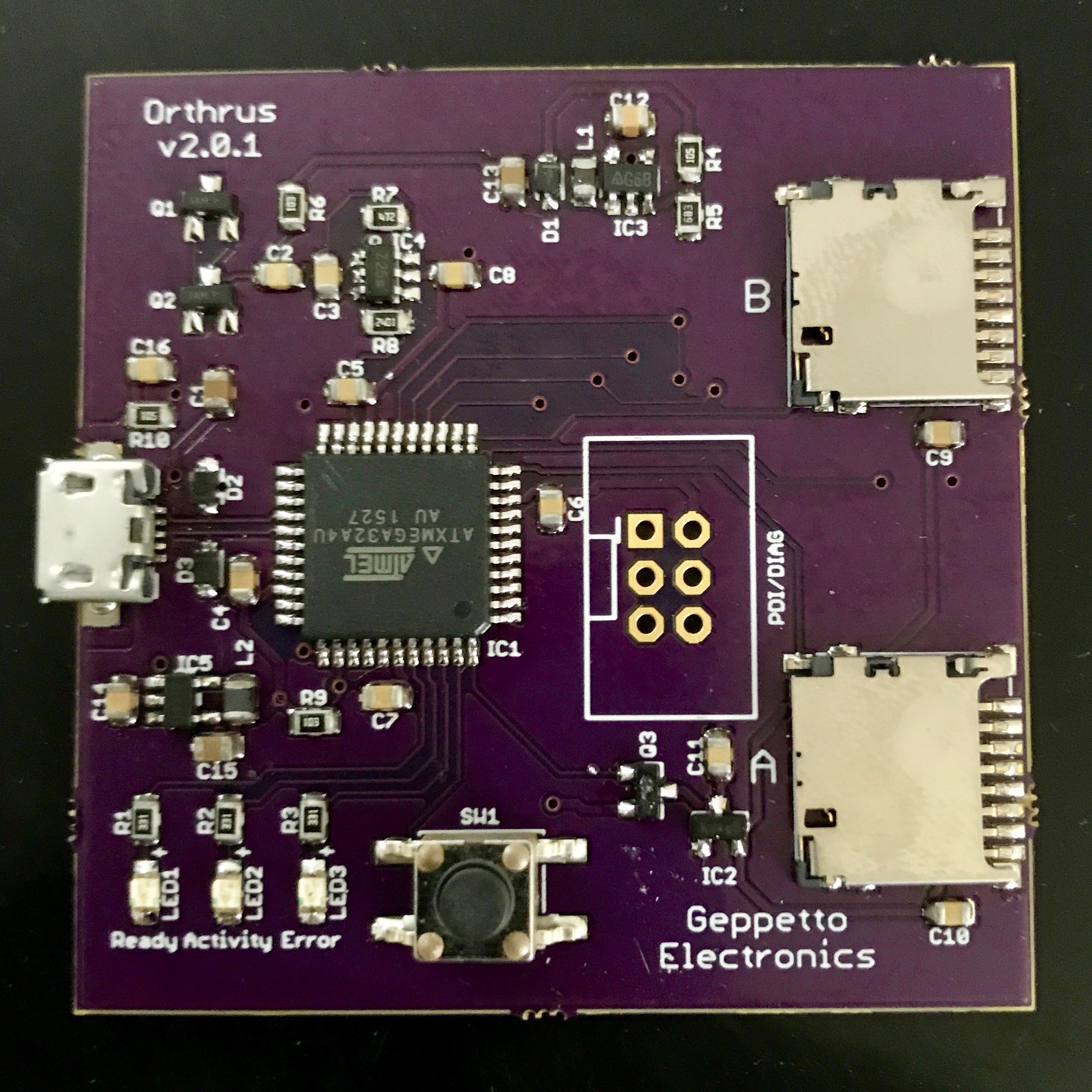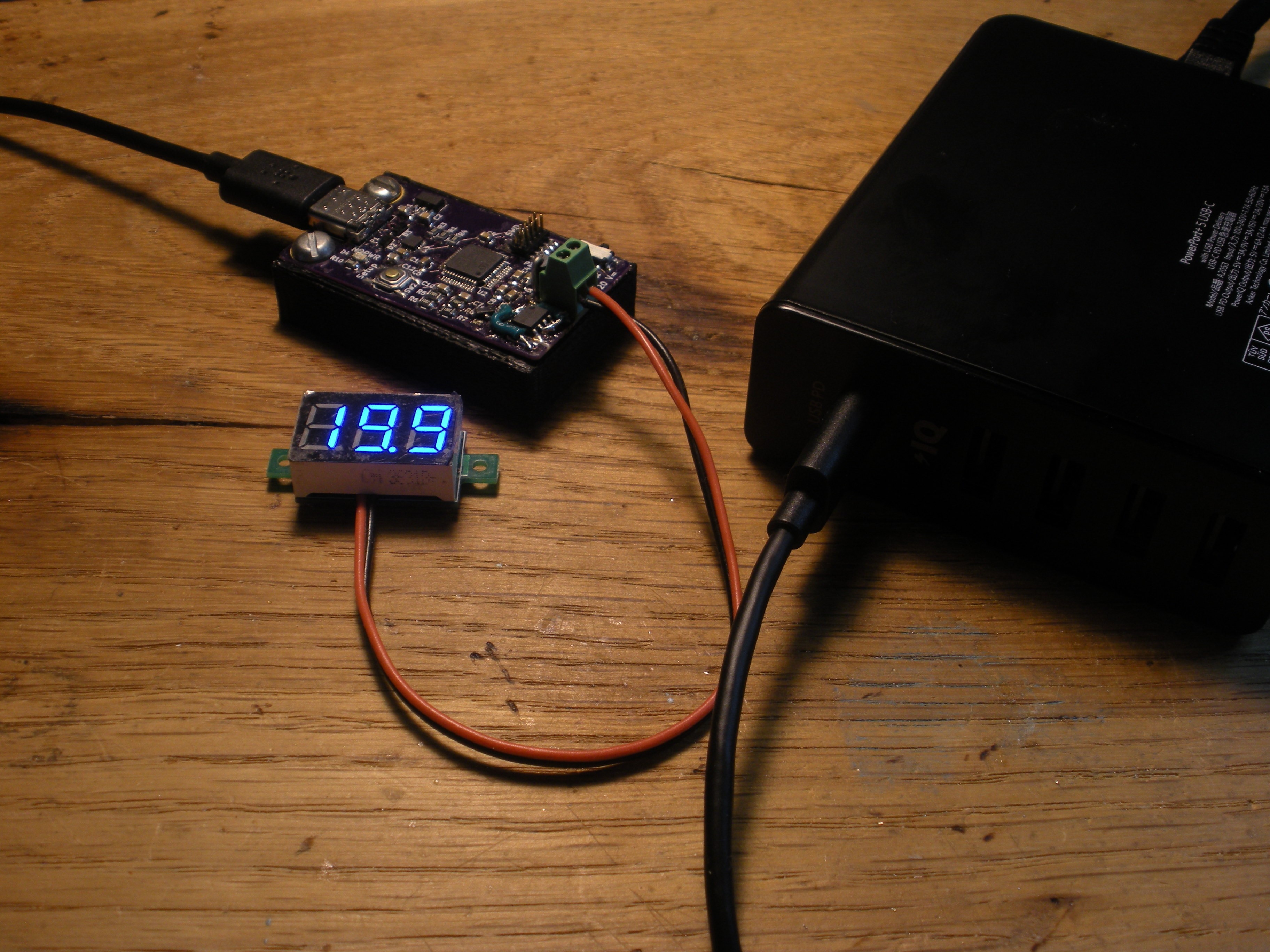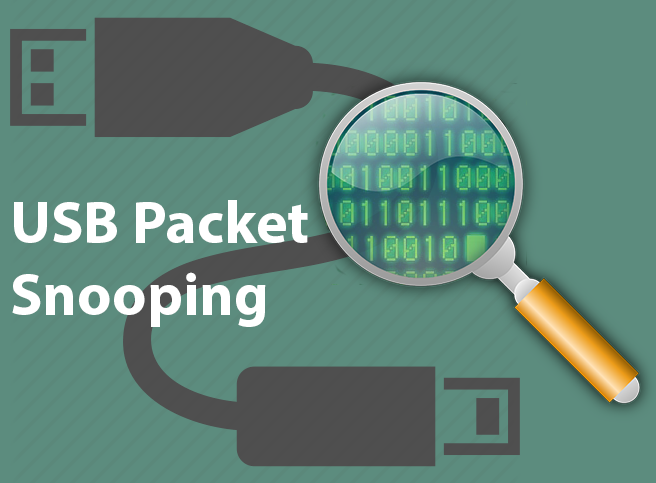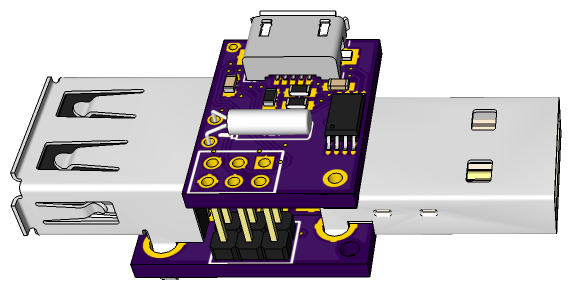Great use of a flexible PCB in this project by James Ide:
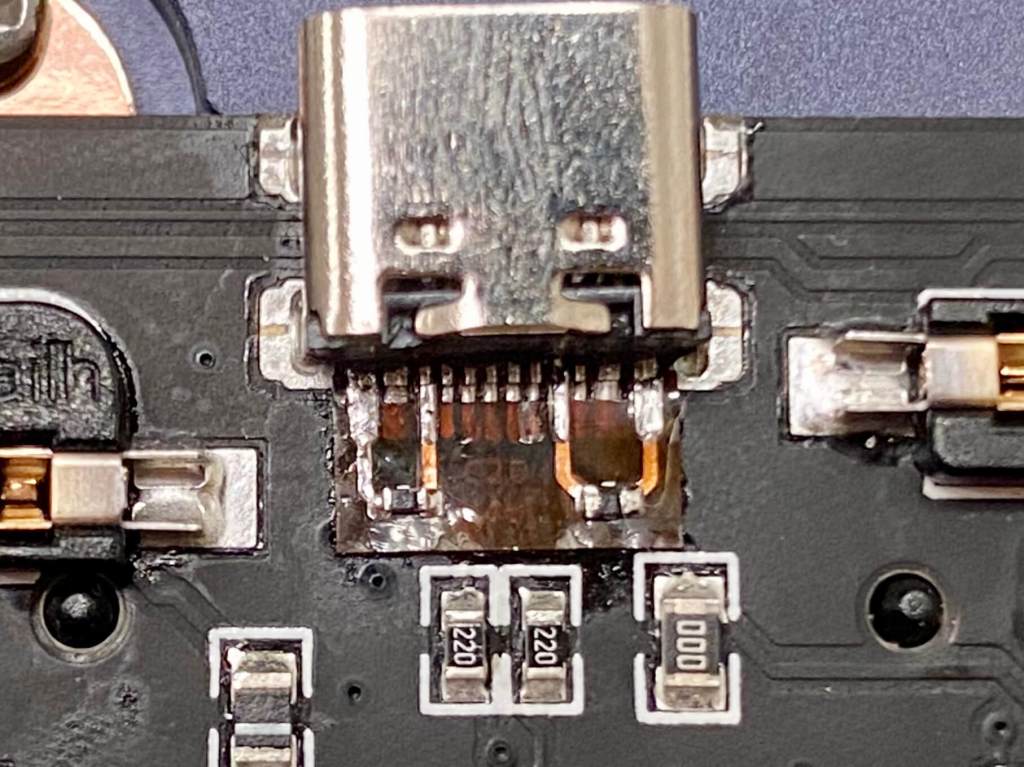
Many devices have a USB-C connector to charge or power them. This is very convenient given the popularity of USB-C, its reversible cable design, and sturdy, compact design.
However, some devices will not draw power when using a USB-C-to-C cable connected to a spec-compliant charger, but will when using a USB-A-to-C cable. The USB-C specification requires upstream facing ports (UFPs), the port of the device receiving power, to connect pull-down resistors to the configuration channel (CC) pins. These missing pull-down resistors are a common reason why devices can draw power with A-to-C cables but not C-to-C ones.
Wouldn’t it be great to be able to add these resistors and enable USB-C-to-C power? This mod does just that. It is a small flex PCB with pads for two 5.1kohm pull-down resistors between CC1 and CC2, respectively, and GND.


